April Showers Bring May Flowers (and Delicious Veggies):
Your Vegetable Plot Guide
April marks a turning point in the gardening year. Winter's icy grip loosens, replaced by the promise of sunshine and growth. Here in the UK, April might still experience some unpredictable chills, but it is the perfect time to get your vegetable plot prepped for a bountiful summer harvest.
This guide will equip you with all the knowledge you need to make the most of your vegetable patch in April. We will cover everything from preparing the soil to sowing seeds and planting out young plants.
Setting the Stage: Soil Preparation
Healthy soil is the foundation of a thriving vegetable garden. In April, focus on creating the perfect environment for your vegetables to flourish.
- Clear the Ground: Start by removing any leftover debris from last season, like dead plant material or fallen leaves. This allows for better air circulation and reduces the risk of pests and diseases overwintering in the debris. Push and Pull Weed Hoe
- Test Your Soil: Knowing your soil's pH level is crucial. Many vegetables prefer slightly acidic soil (around 6.0-6.8 pH). You can purchase inexpensive soil testing kits at your local garden centre. Amending the soil with lime or organic matter like compost can adjust the pH if needed.
- Compost is King: KCompost is a gardener's best friend. It improves drainage, adds essential nutrients to the soil, and feeds beneficial microbes that keep your plants healthy. Spread a generous layer of well-rotted compost over your plot and dig it in to a depth of 10-15cm 50L Premium Professional Compost
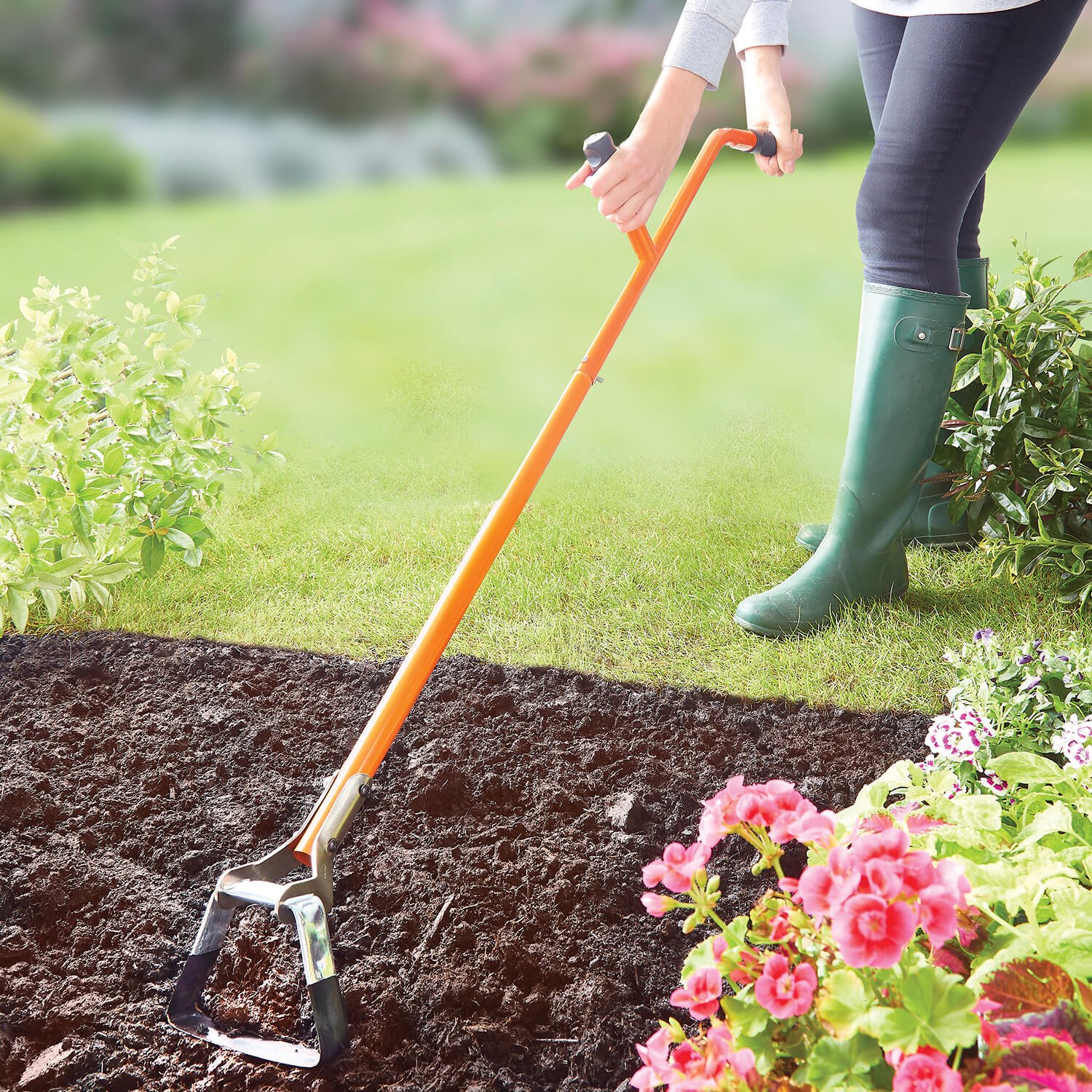 |
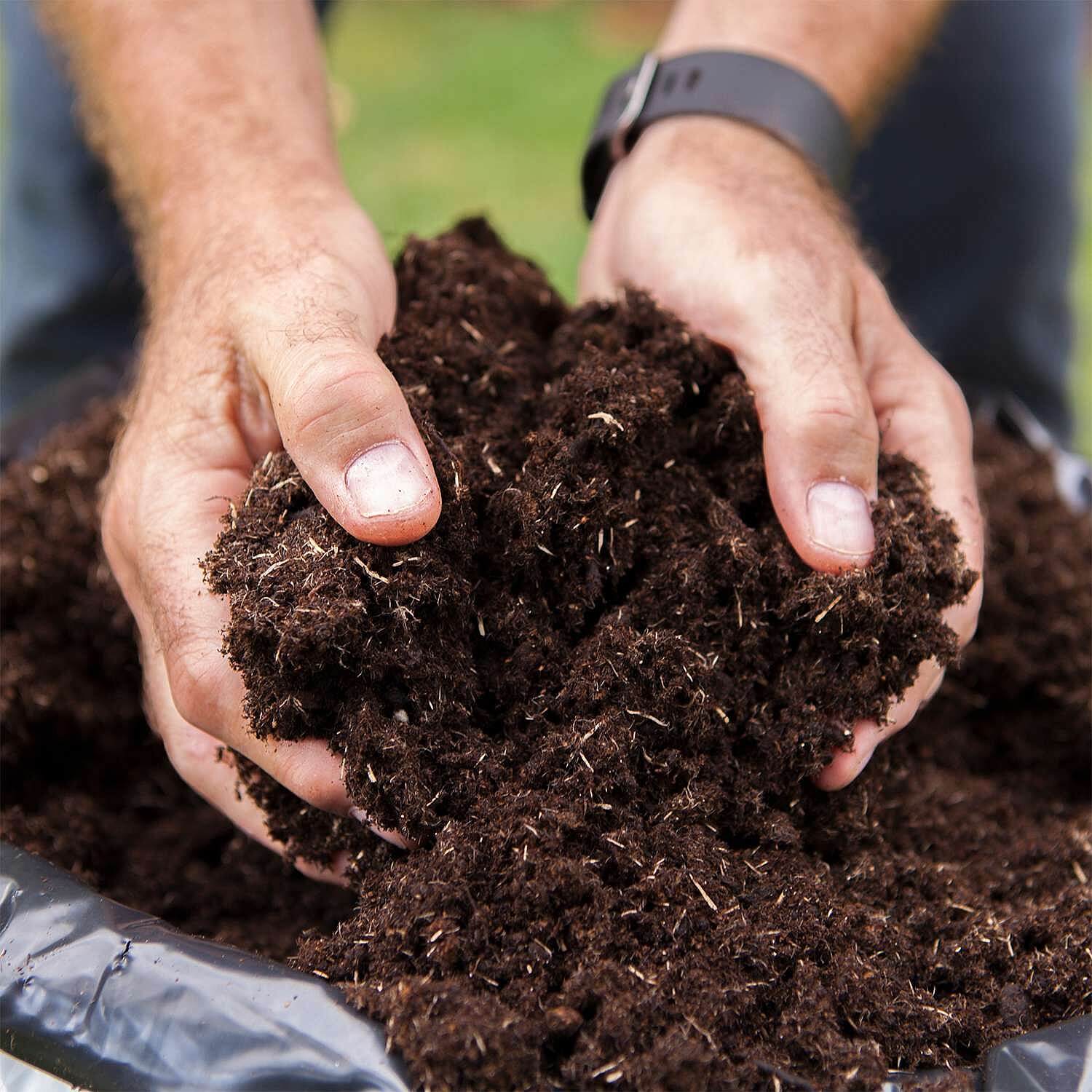 |
 |
 |
Pro Tip: If your plot is particularly heavy clay soil, consider adding some sharp sand to improve drainage.
Sowing Seeds Directly Outdoors
April is the ideal time to sow seeds for a variety of vegetables that thrive in cooler temperatures. Here are some popular options for direct sowing in the UK:
- Peas: These nitrogen-fixing legumes add nutrients to the soil as they grow. Sow pea seeds directly in drills about 2.5cm deep when the soil temperature reaches around 10°C.
- Broad Beans: Similar to peas, broad beans enjoy cooler weather. Sow seeds directly in drills around 5cm deep, spacing them about 7.5cm apart.
- Spinach: A versatile and nutritious leafy green, spinach thrives in cool weather. Sow seeds directly in shallow drills about 1cm deep and keep the soil moist until germination.
- Lettuce: Enjoy a steady supply of fresh lettuce throughout the summer by sowing seeds directly in shallow drills about 1cm deep. Keep the soil moist for optimal germination.
- Turnips: These versatile root vegetables can be enjoyed both raw and cooked. Sow seeds directly in drills about 1cm deep, thinning the seedlings later to around 15cm apart.
- Carrots: Sow carrot seeds directly in shallow drills about 1cm deep. For straighter carrots, create a raised bed with loose, well-draining soil. Thin seedlings later to around 5cm apart.
Top Tip: When directly sowing seeds, consider using row covers or netting to protect emerging seedlings from unexpected frosts or hungry birds
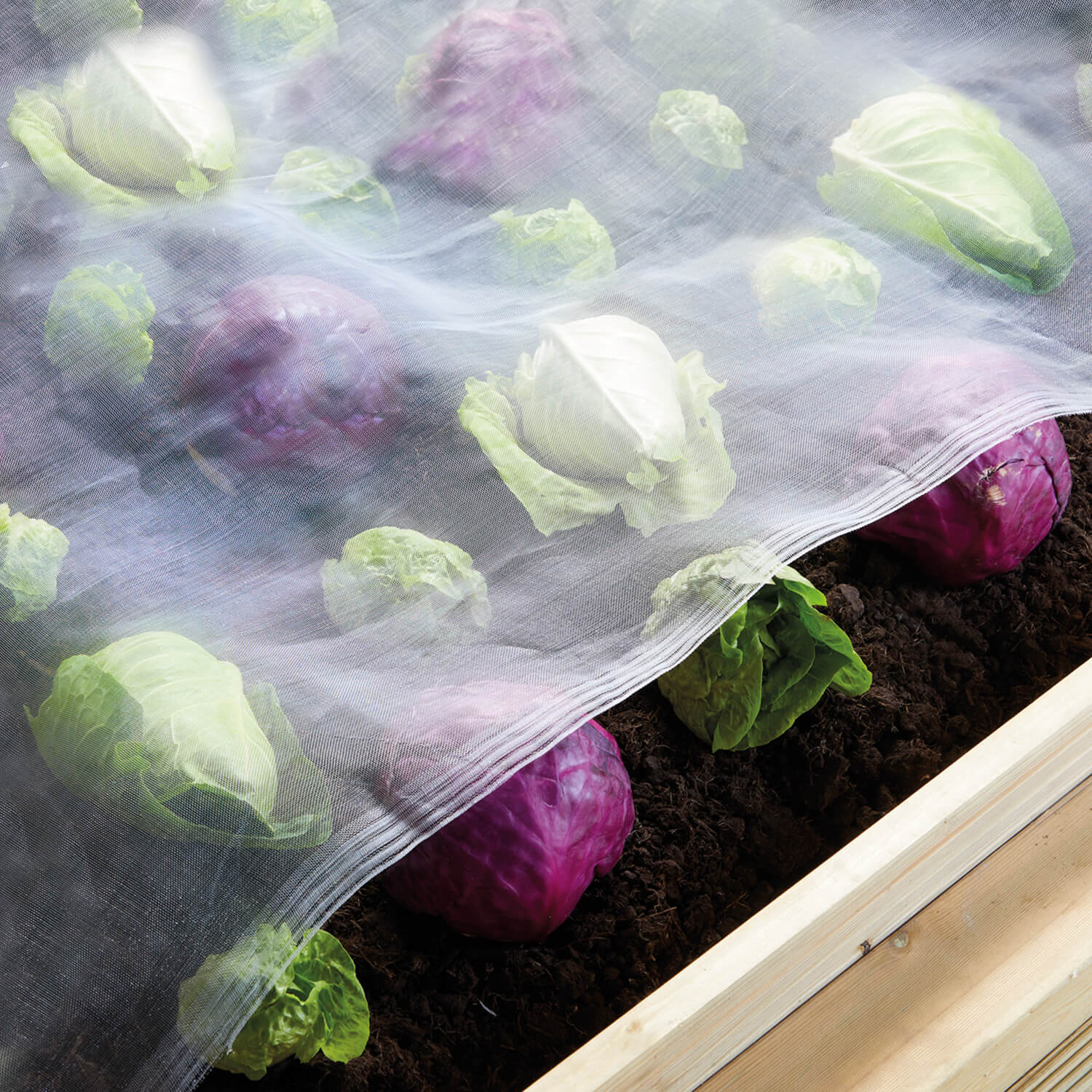 |

Planting Out Young Plants
While some vegetables thrive with direct sowing, others benefit from being started indoors under controlled conditions. April is prime time to plant out young plants that were started indoors earlier in the spring. Here are some tips:
- Harden Off Seedlings: Before transplanting seedlings outdoors, they need to be gradually acclimated to the cooler outdoor temperatures. Take them outside for increasing periods over a week, starting in sheltered positions, and gradually exposing them to more sunshine and wind.
- Choose the Right Day: Pick a mild, cloudy day for transplanting. This reduces stress on the young plants as they establish themselves in their new home.
- Spacing is Key: Refer to the seed packet instructions for recommended spacing between plants. Adequate spacing allows for proper air circulation and prevents overcrowding, which can lead to disease.
- Watering Wisely: Water the planting hole thoroughly before placing your young plant. After transplanting, water the surrounding soil again to settle it around the roots.
Here are some popular vegetables for planting out in April in the UK:
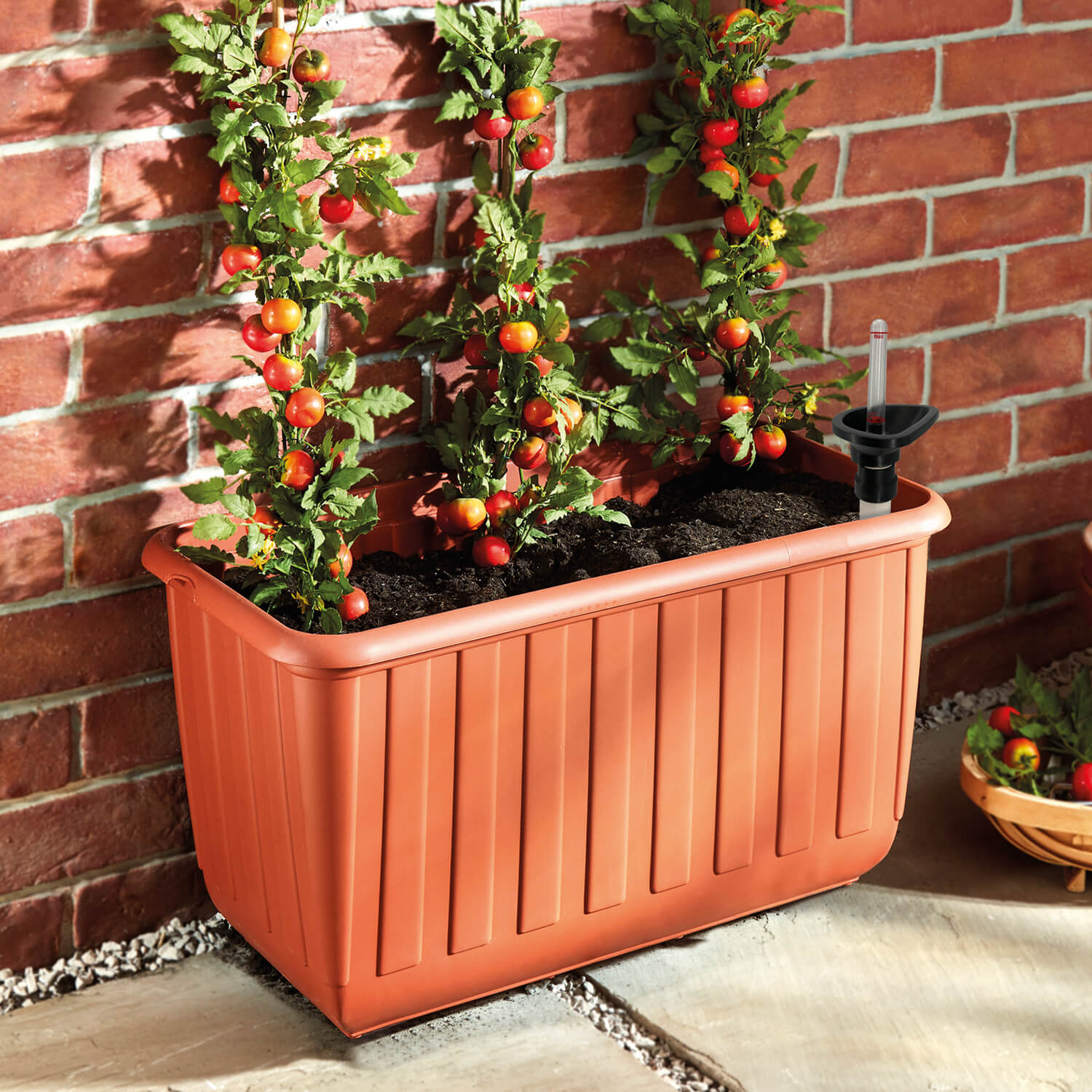 |
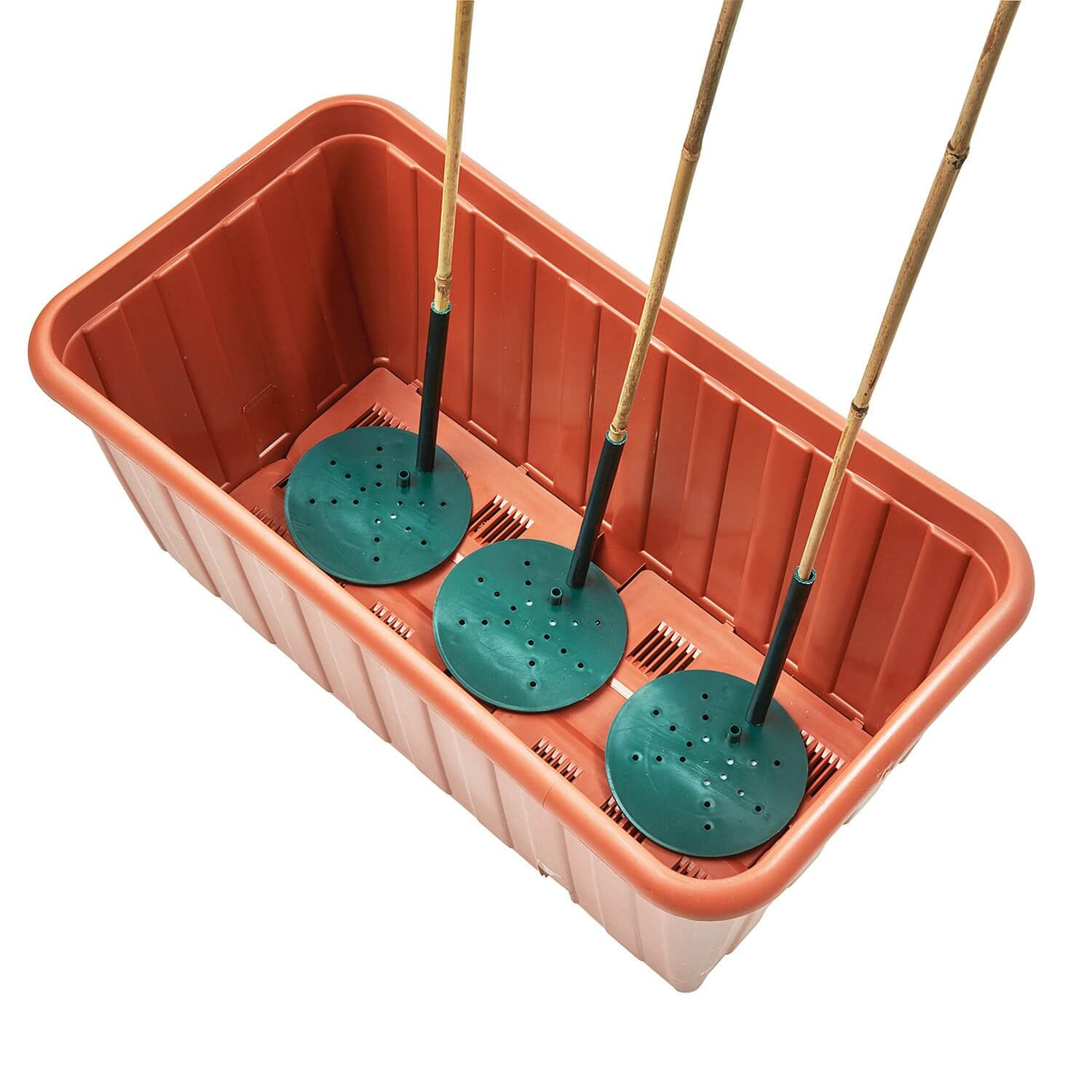 |
 |
 |
- Tomatoes: These sun-loving fruits (yes, they are technically fruits!) require warm temperatures. Plant them out after all risk of frost has passed, typically in late May or early June for Bath.
- Peppers: Similar to tomatoes, peppers prefer warm weather. Plant them out after the danger of frost has passed.
- Courgettes (Zucchini): These prolific summer squashes enjoy warm temperatures. Plant them out after all risk of frost has passed, spacing them around one meter apart.
- Sweetcorn: This tall beauty thrives in warm weather.
